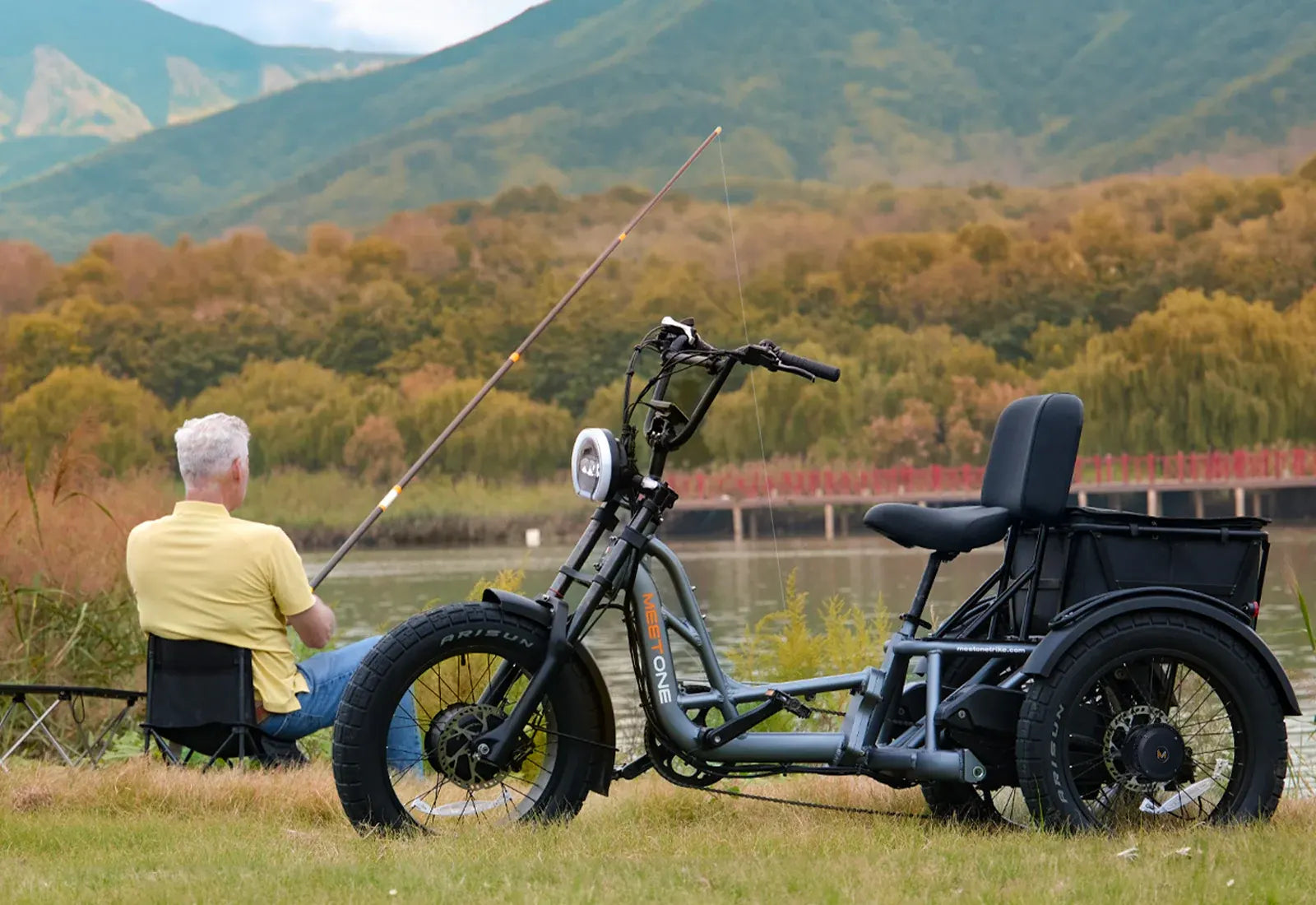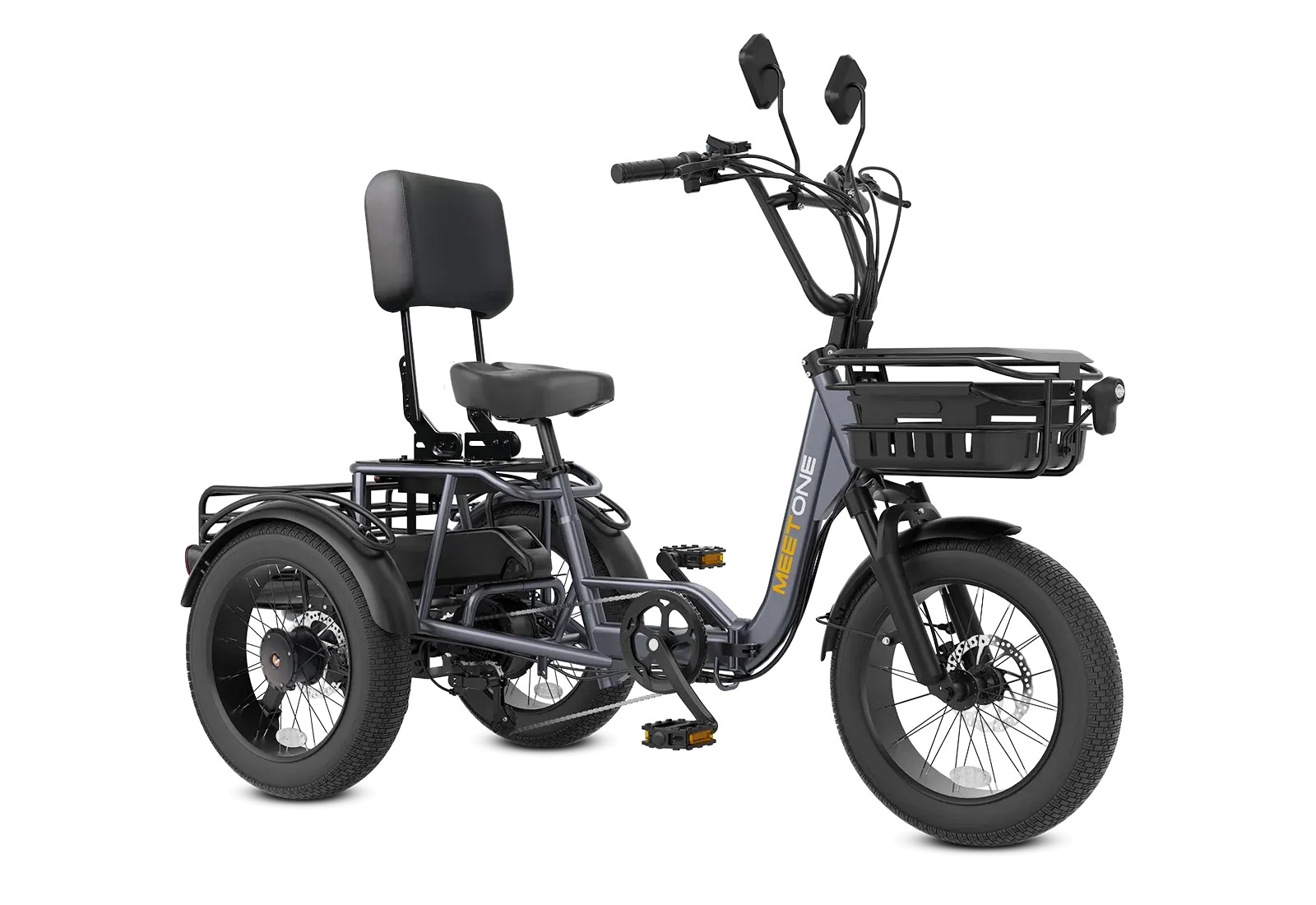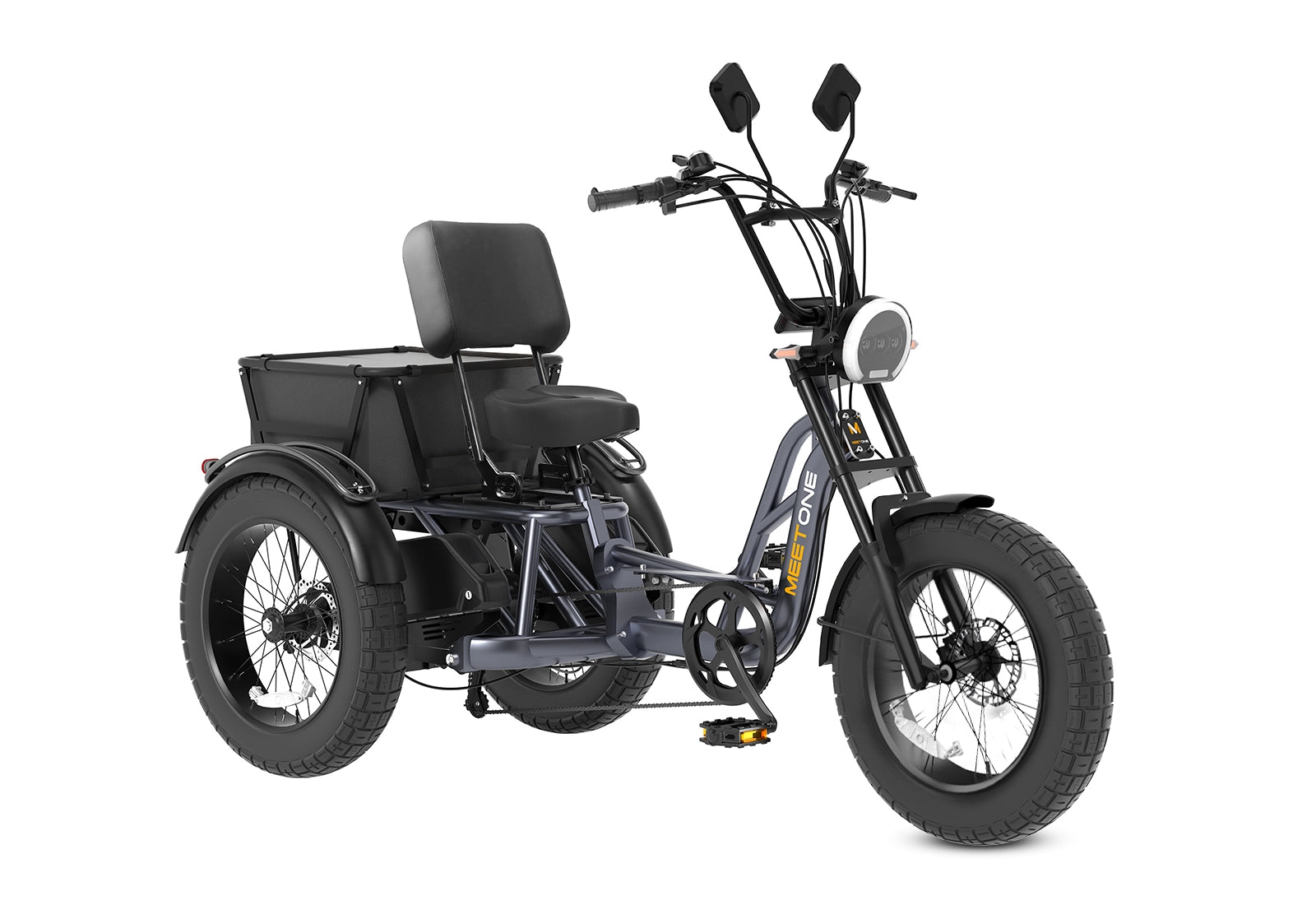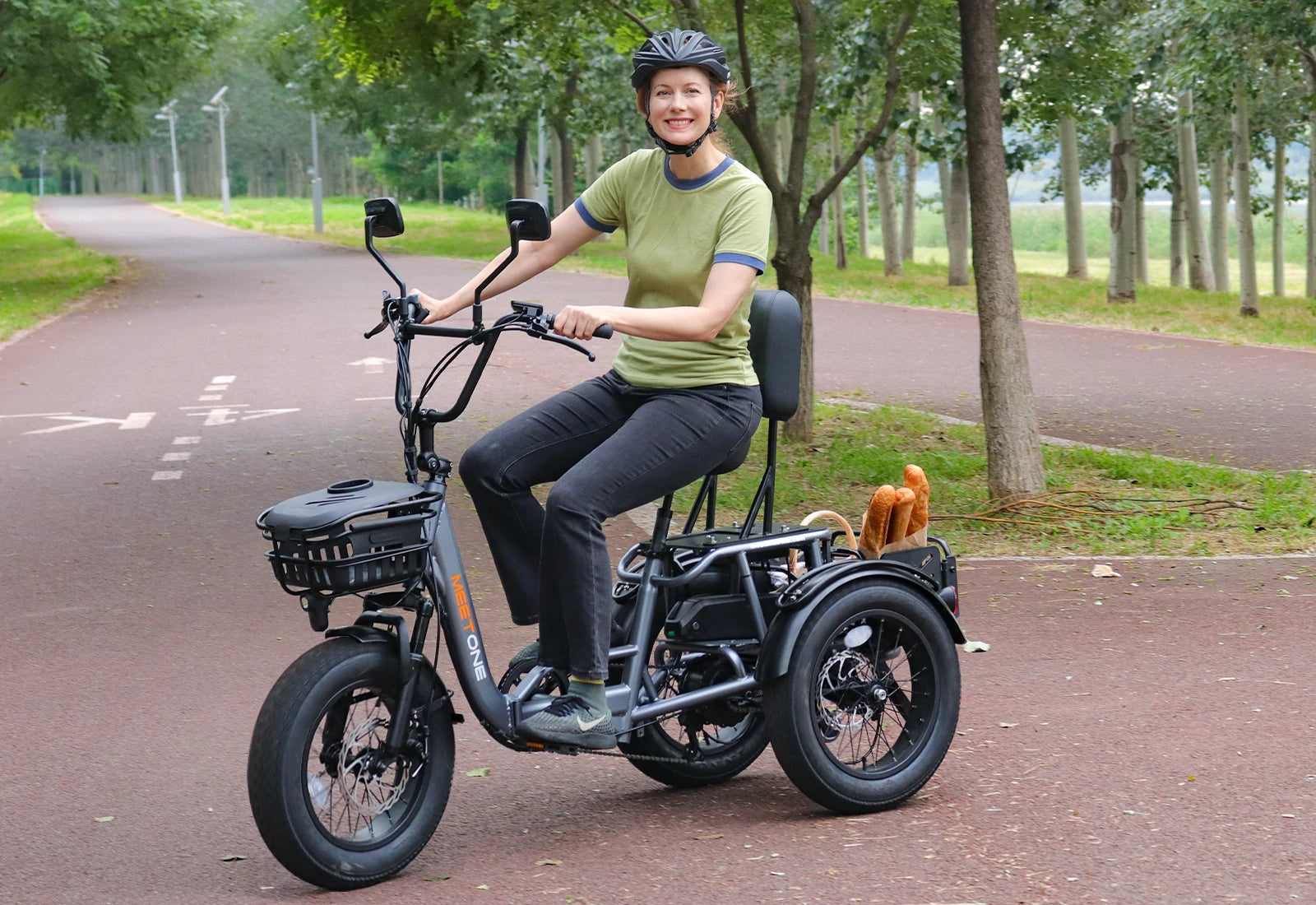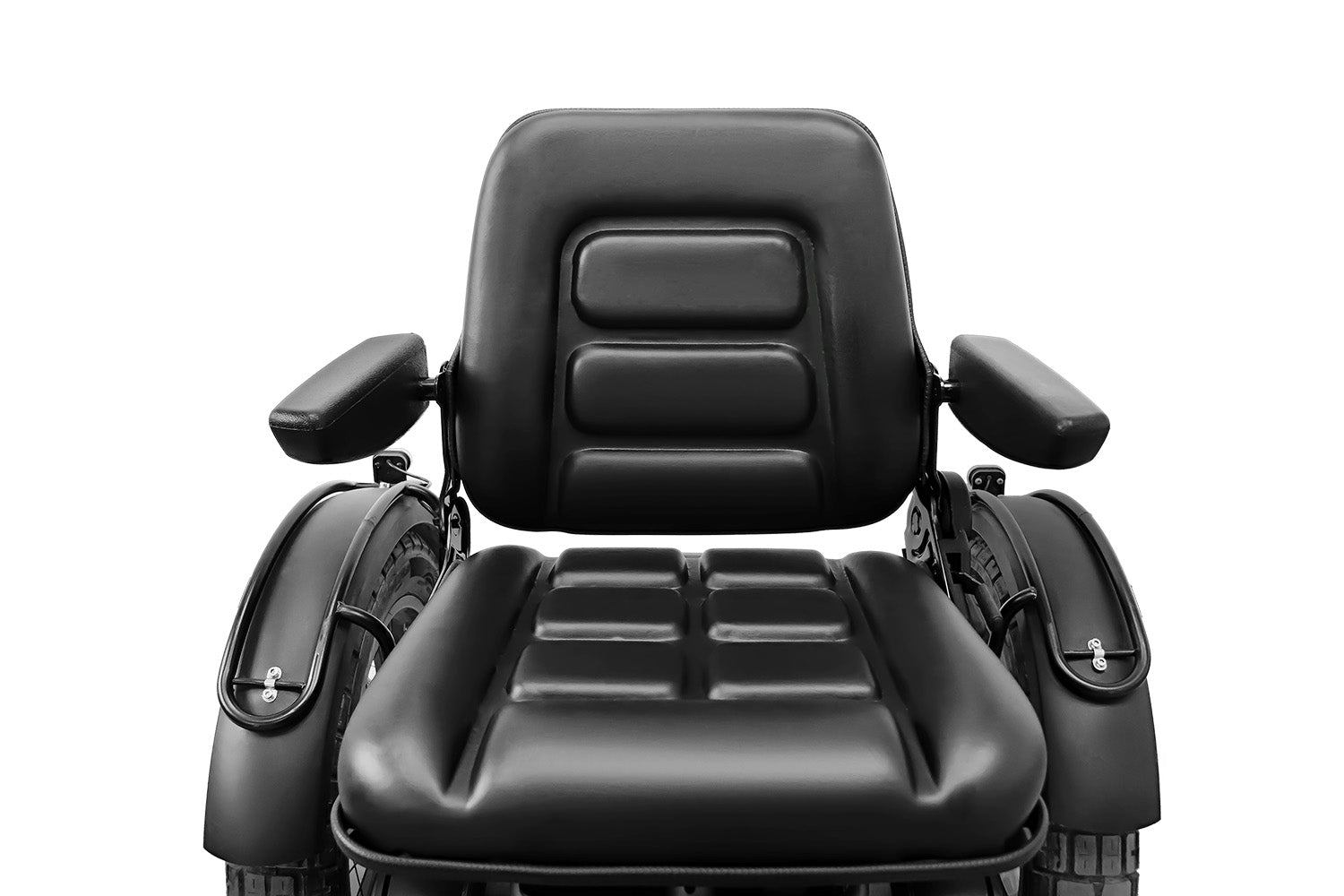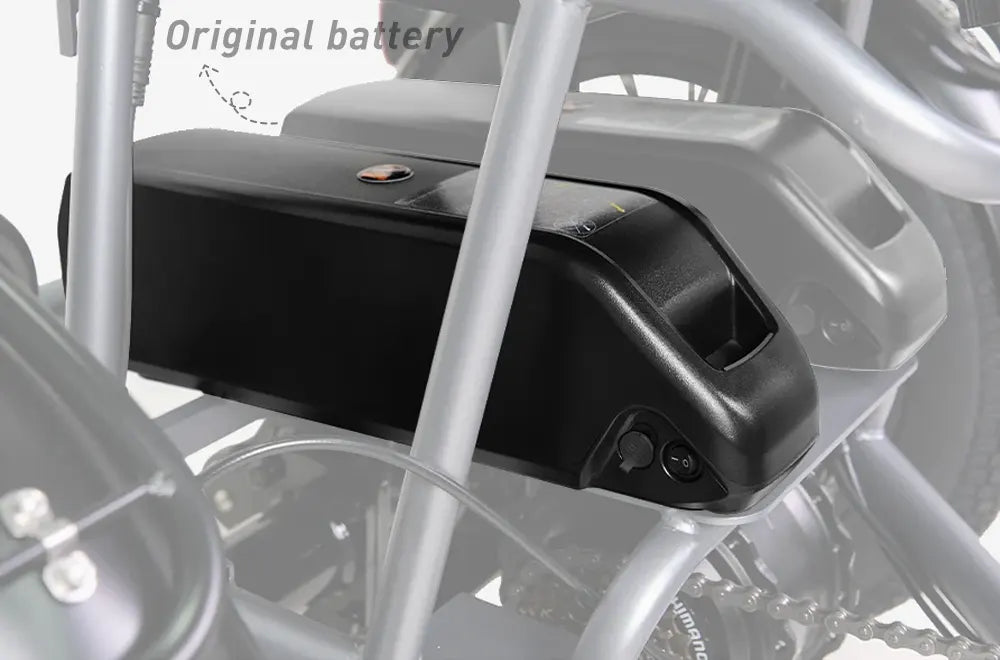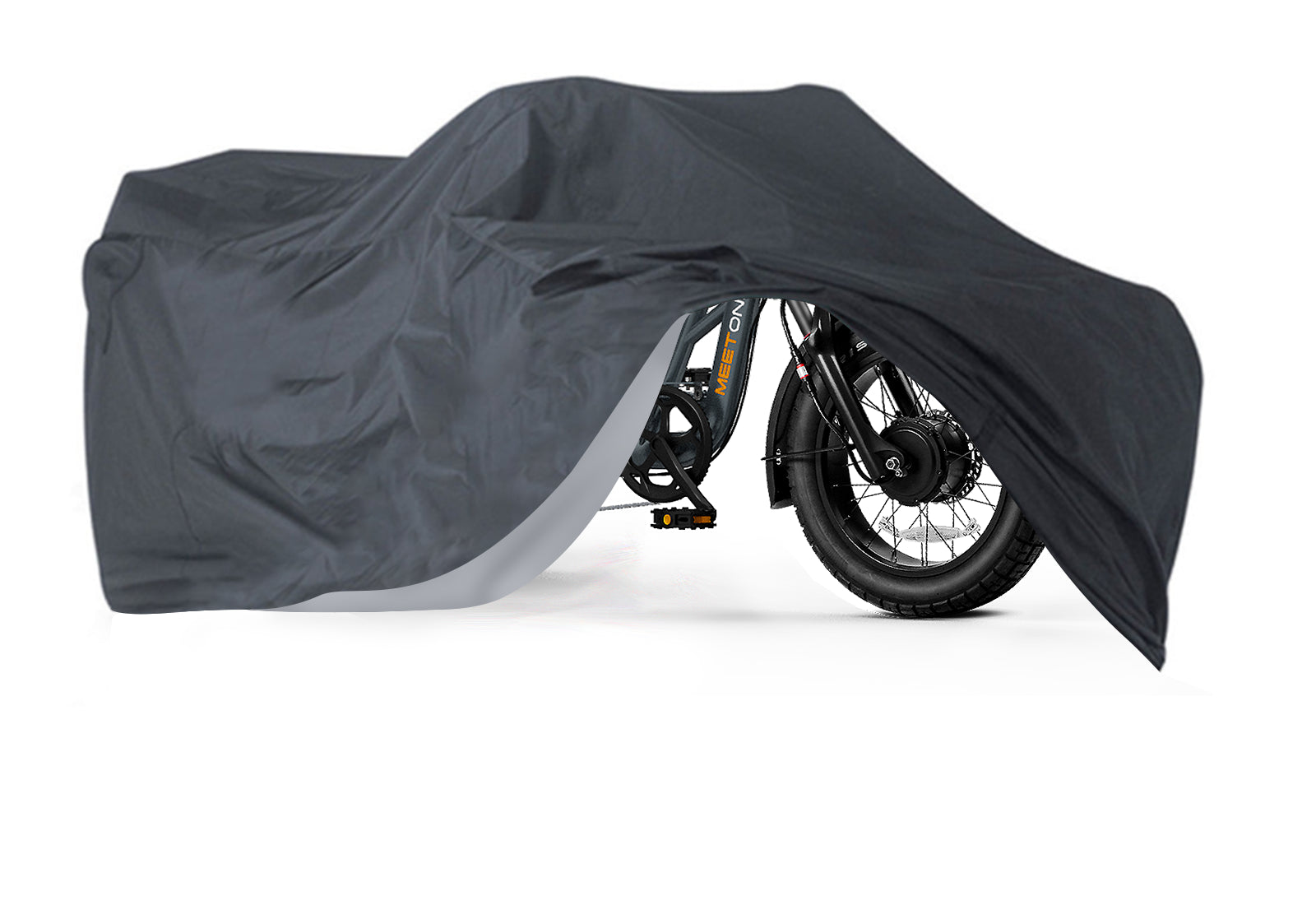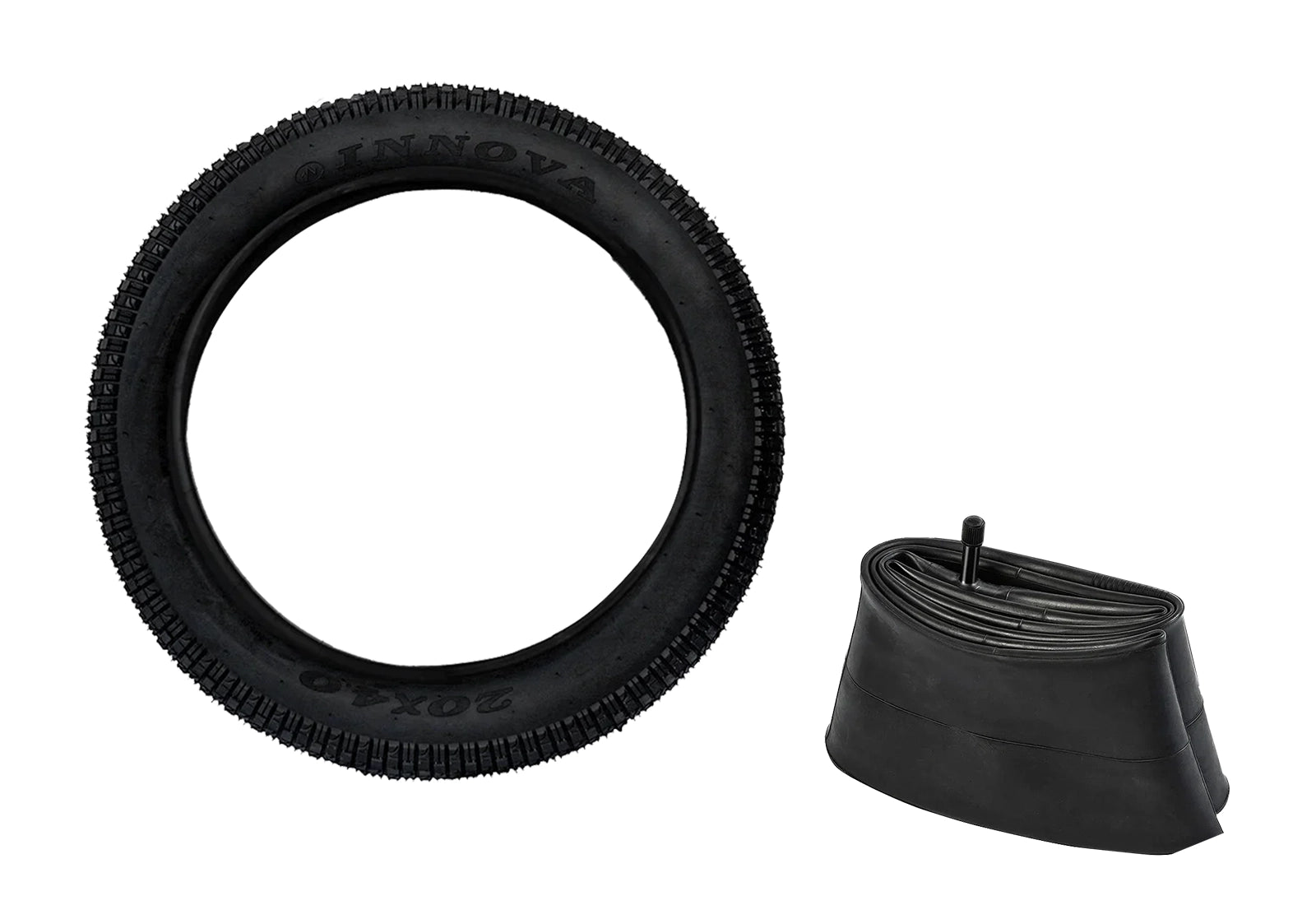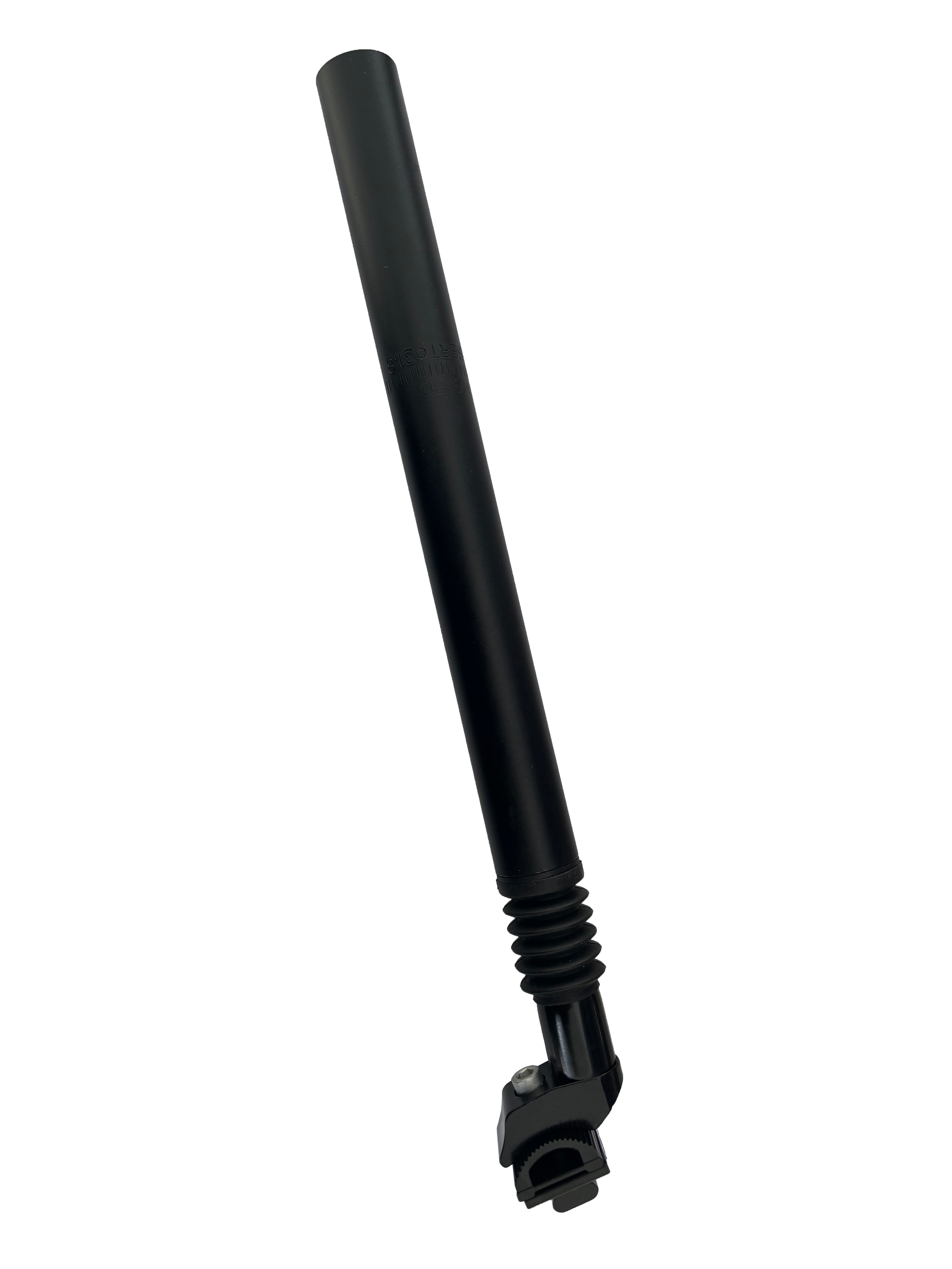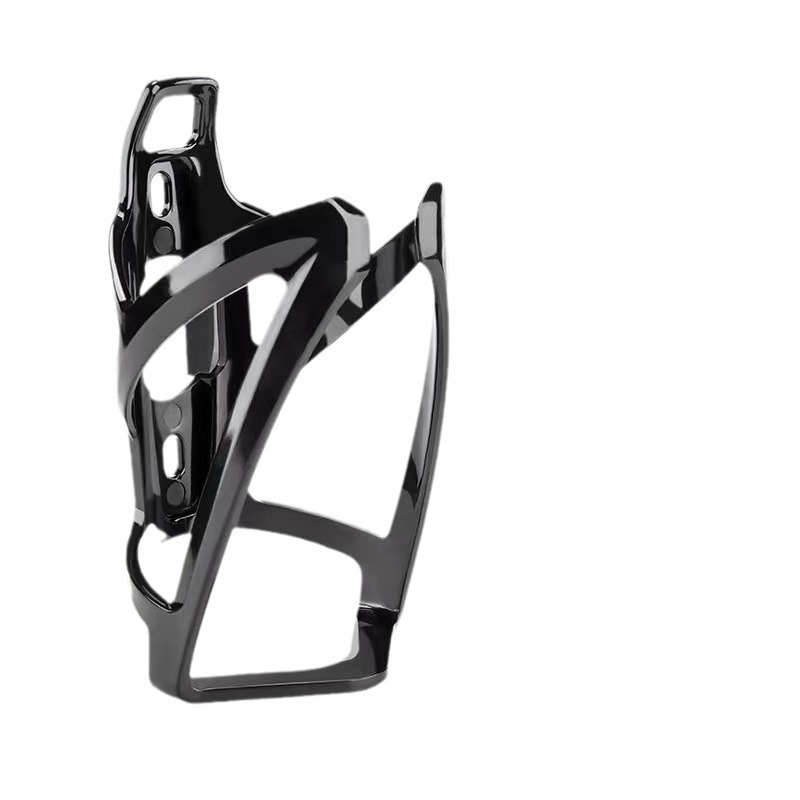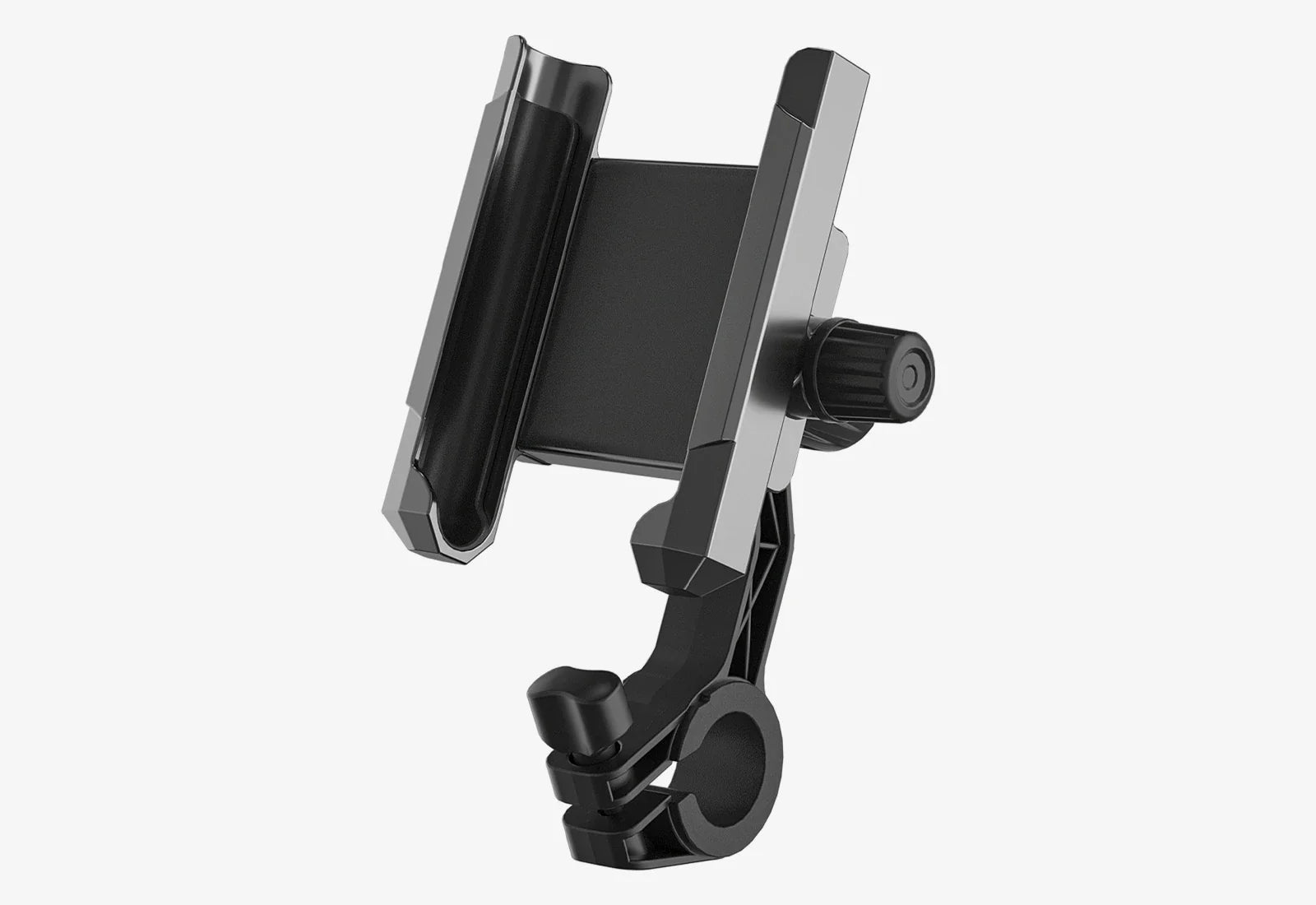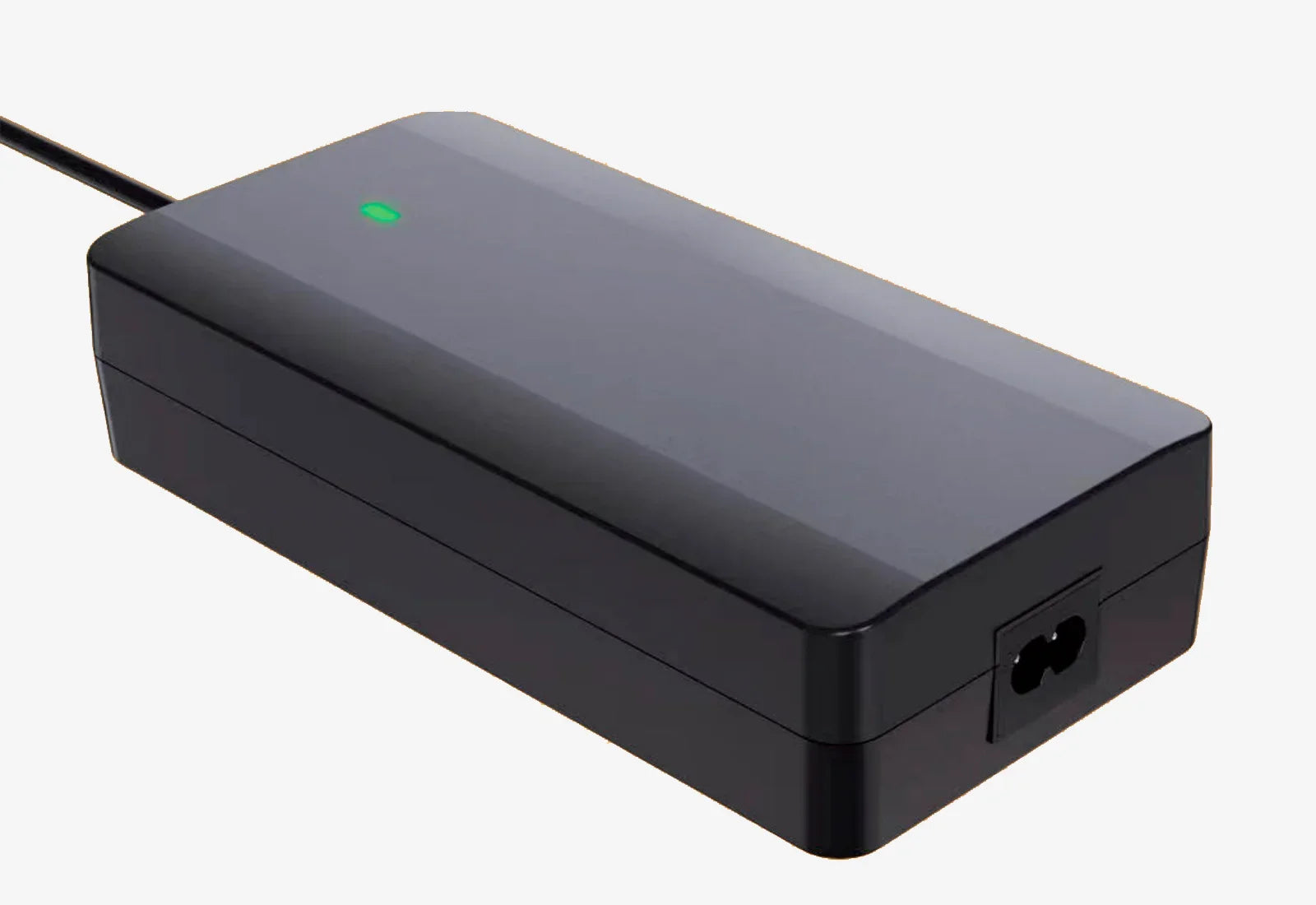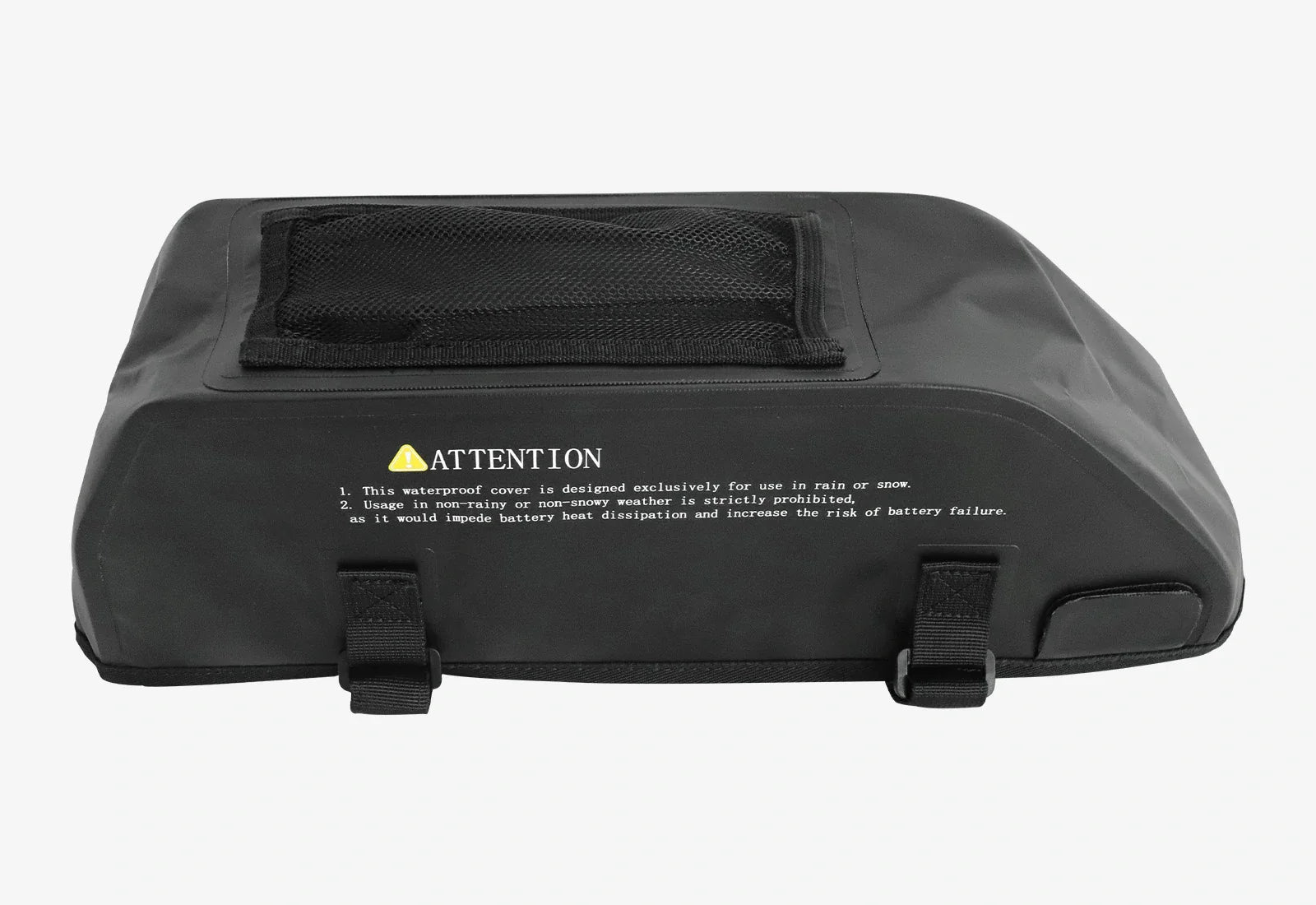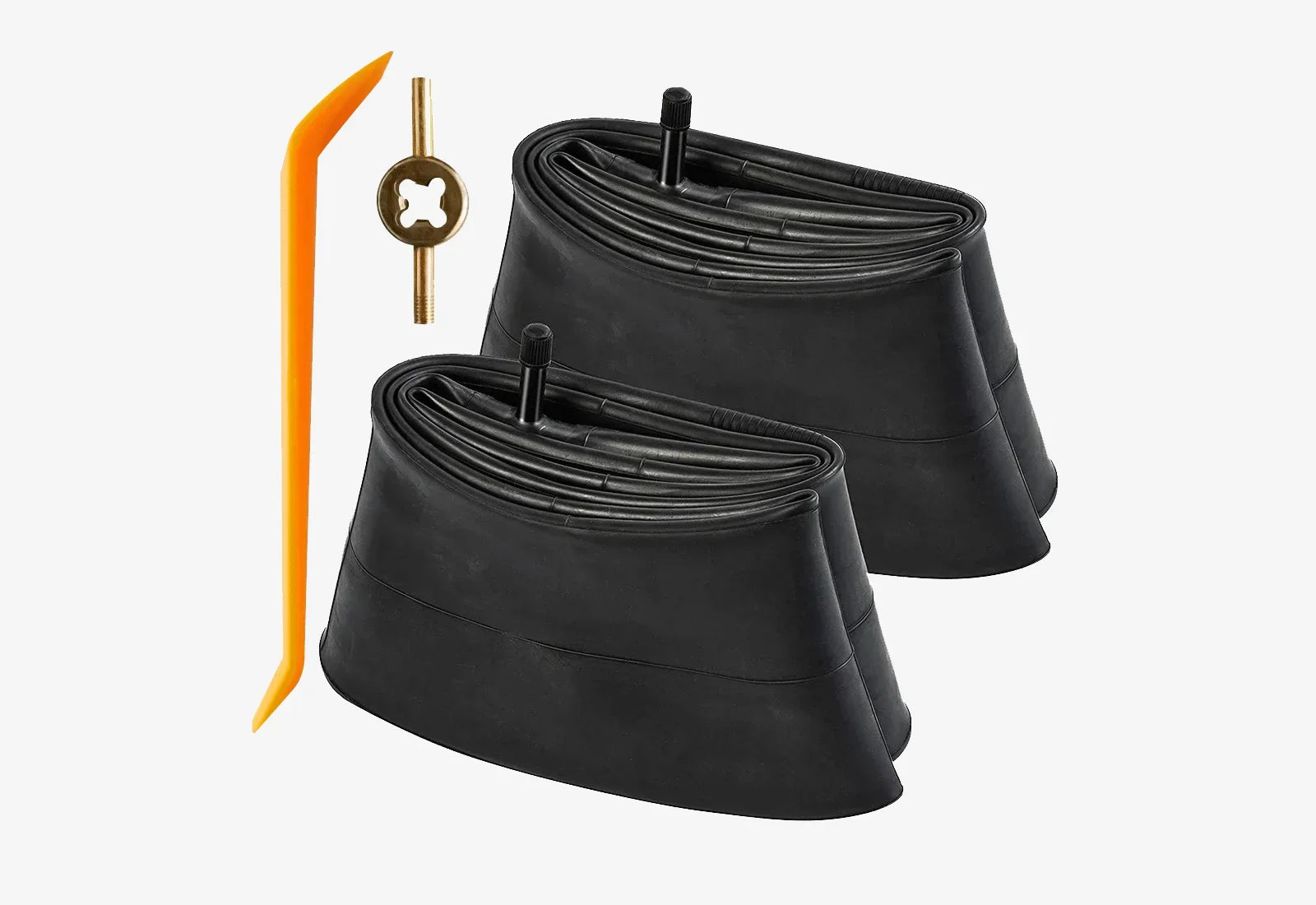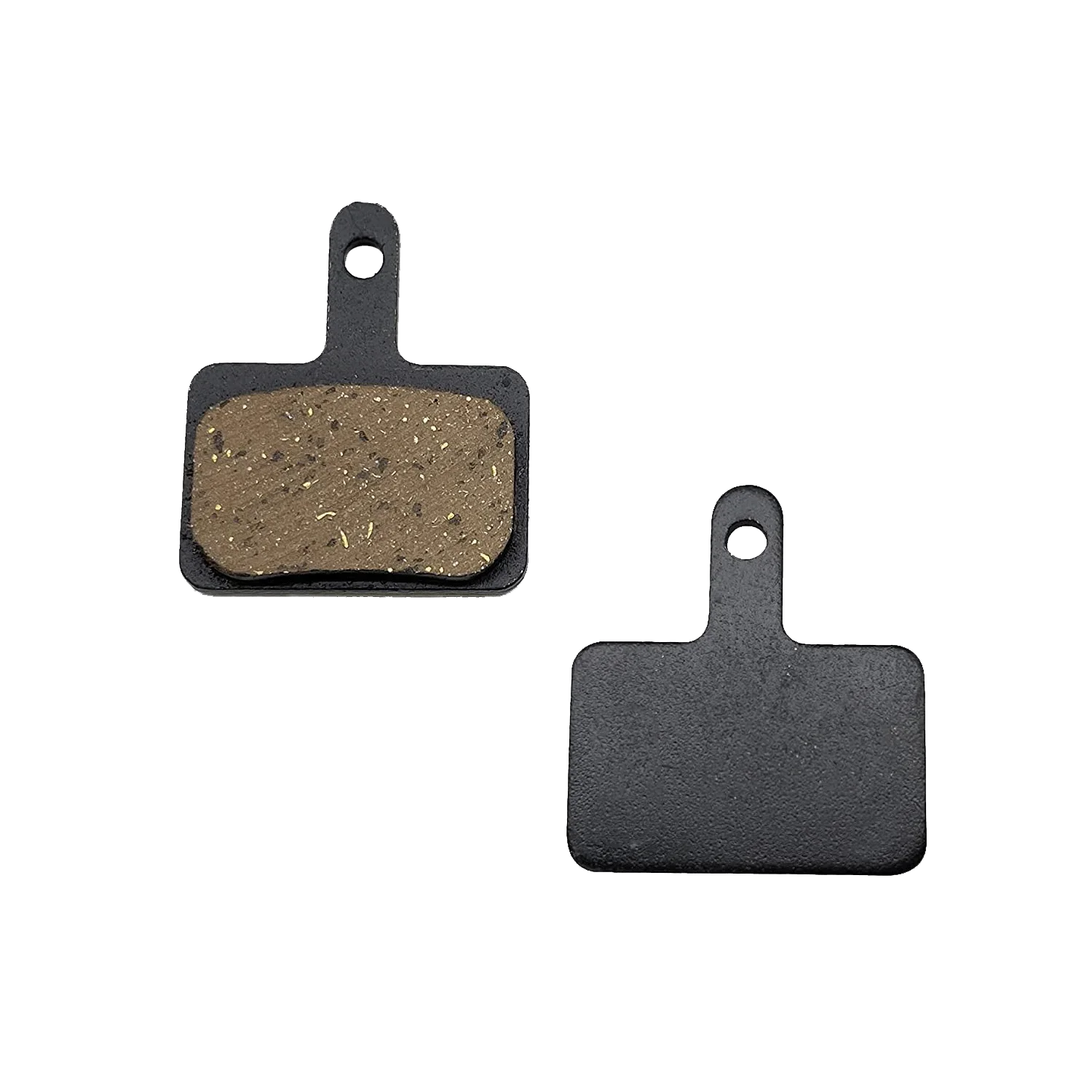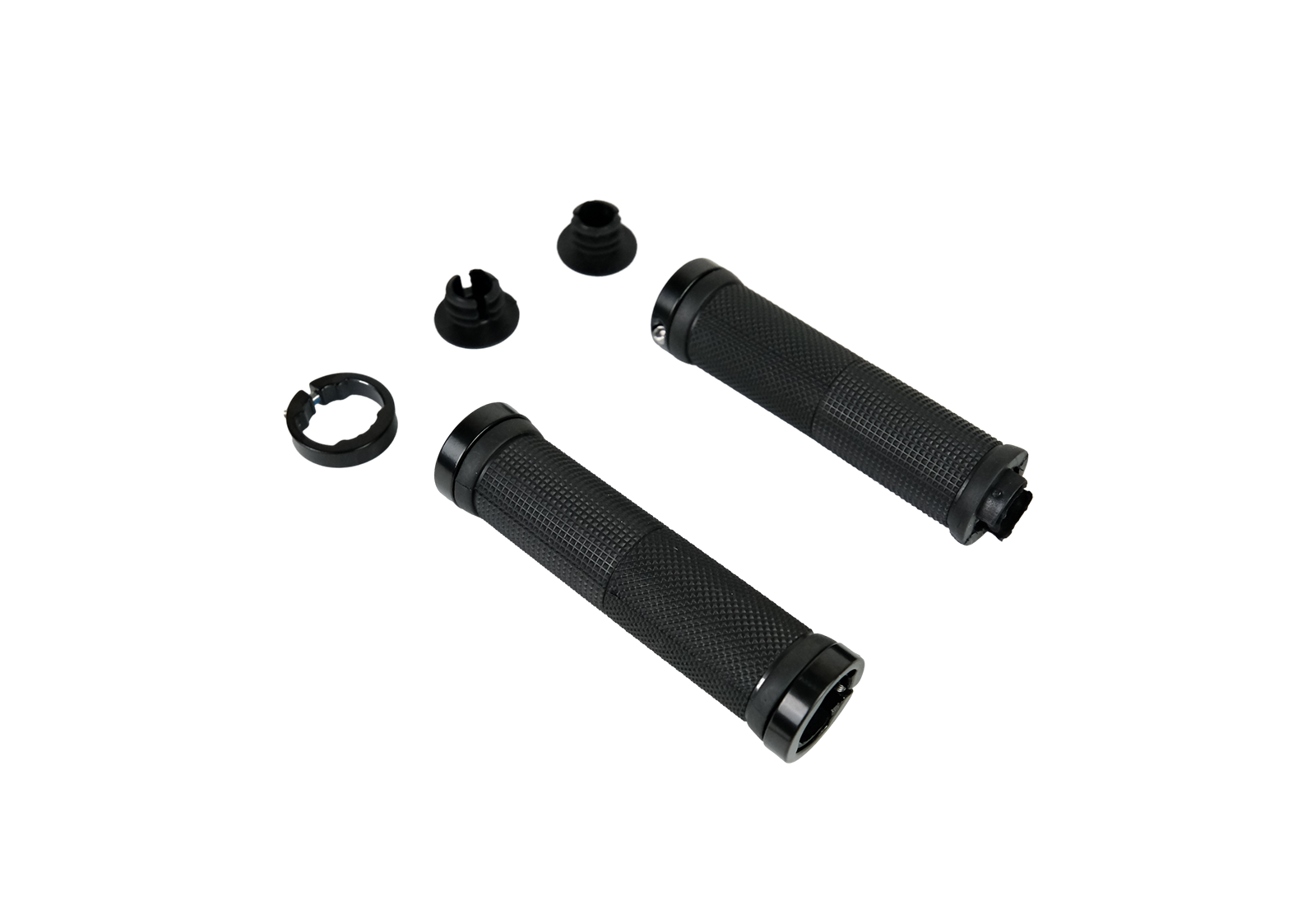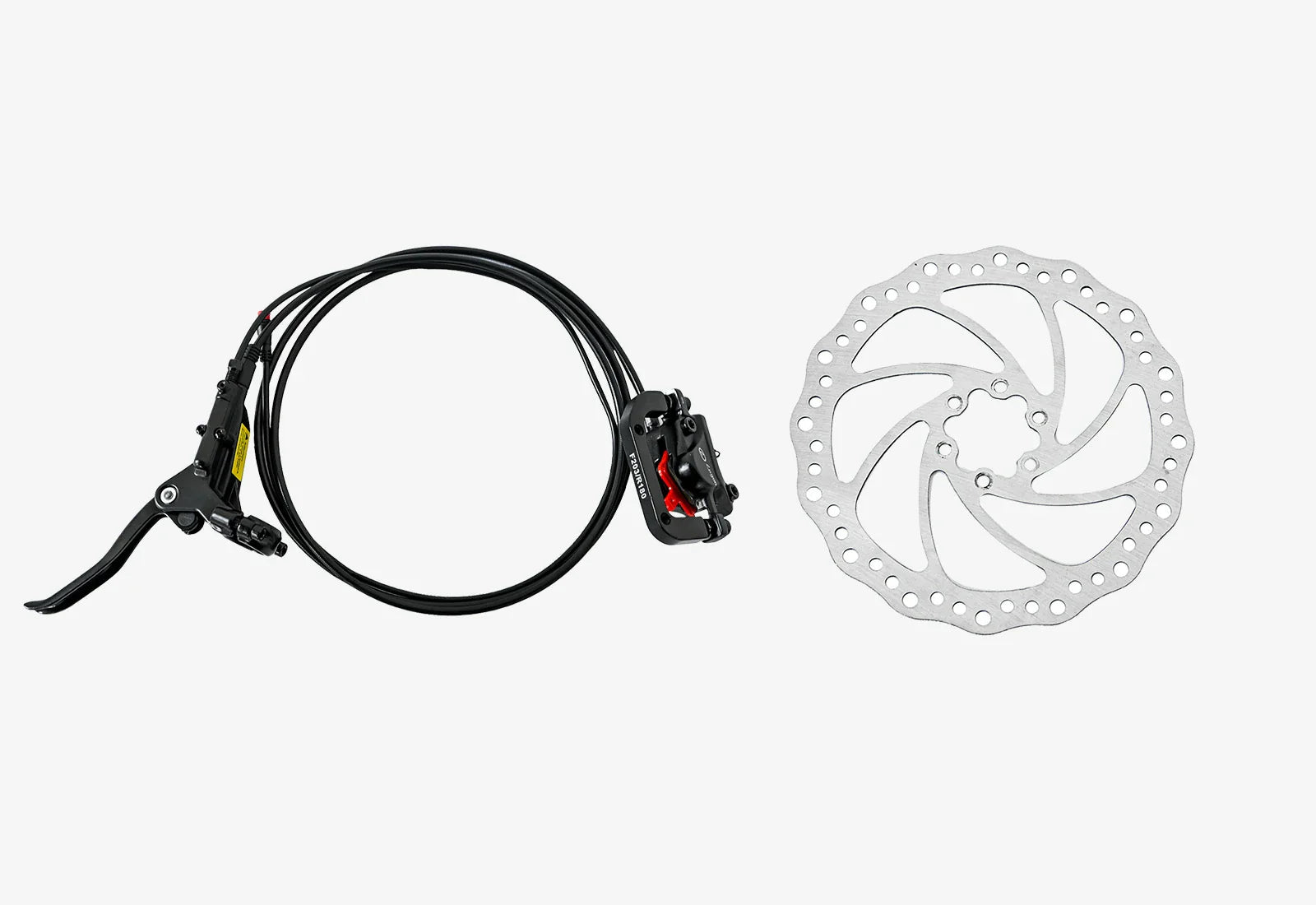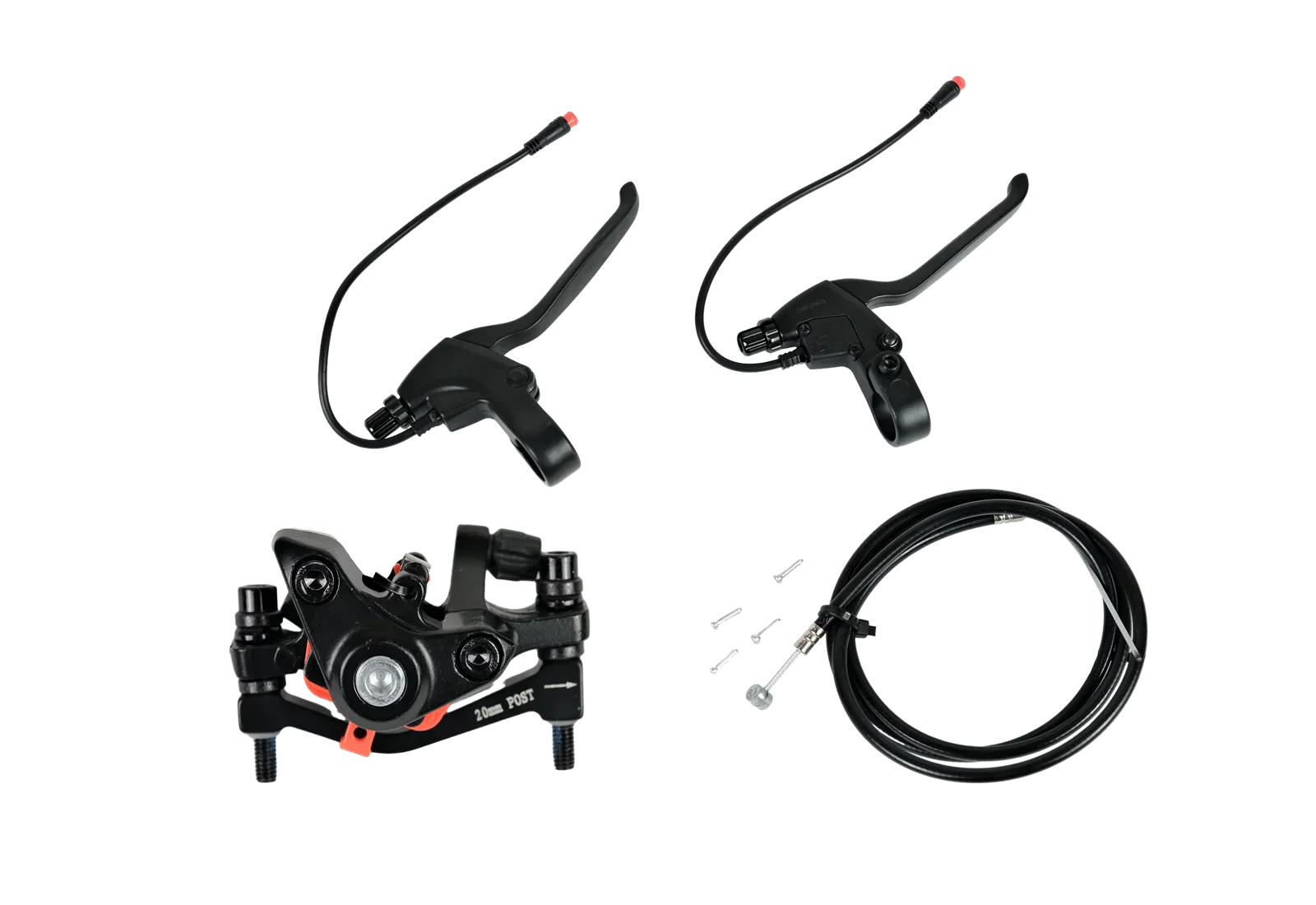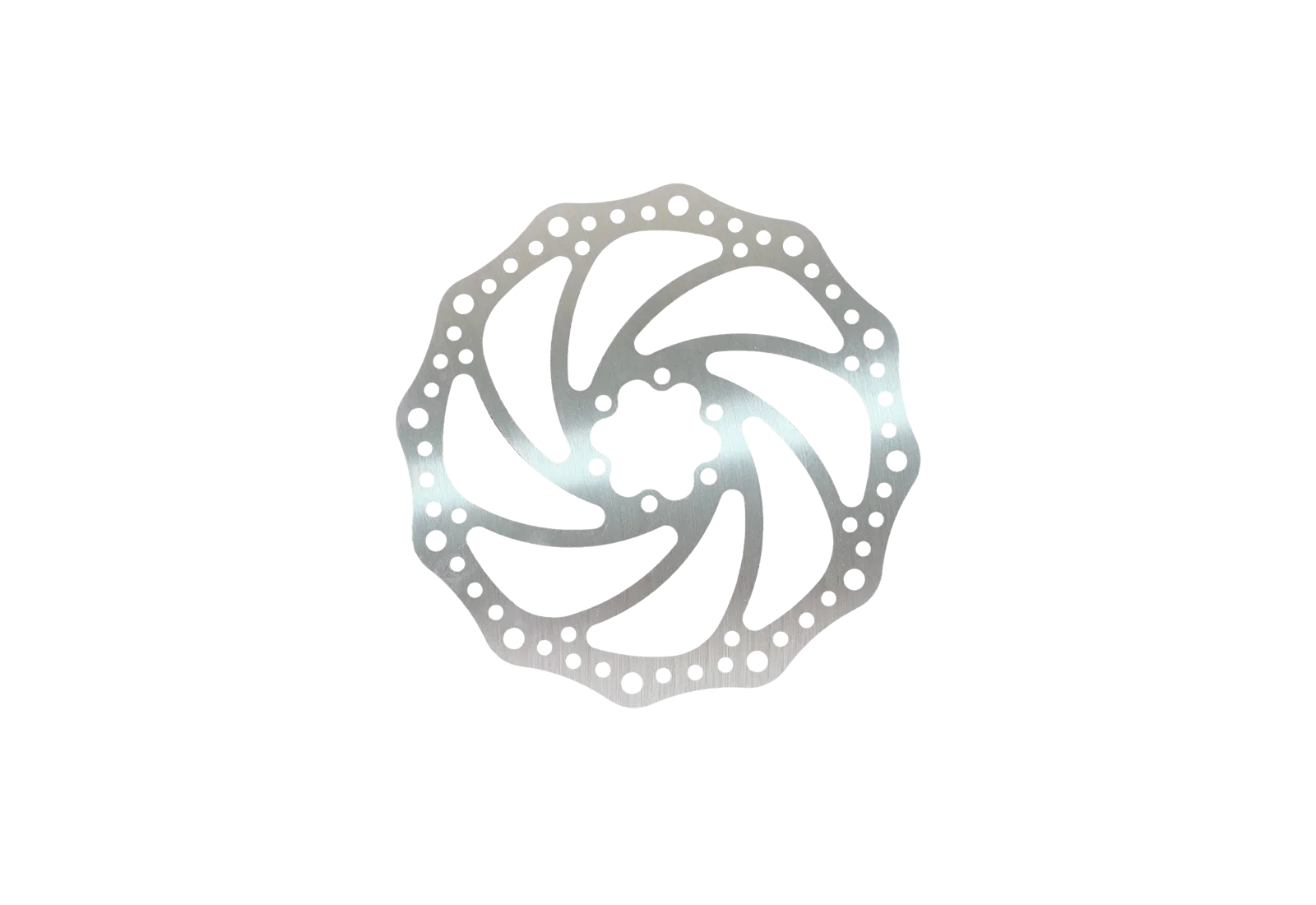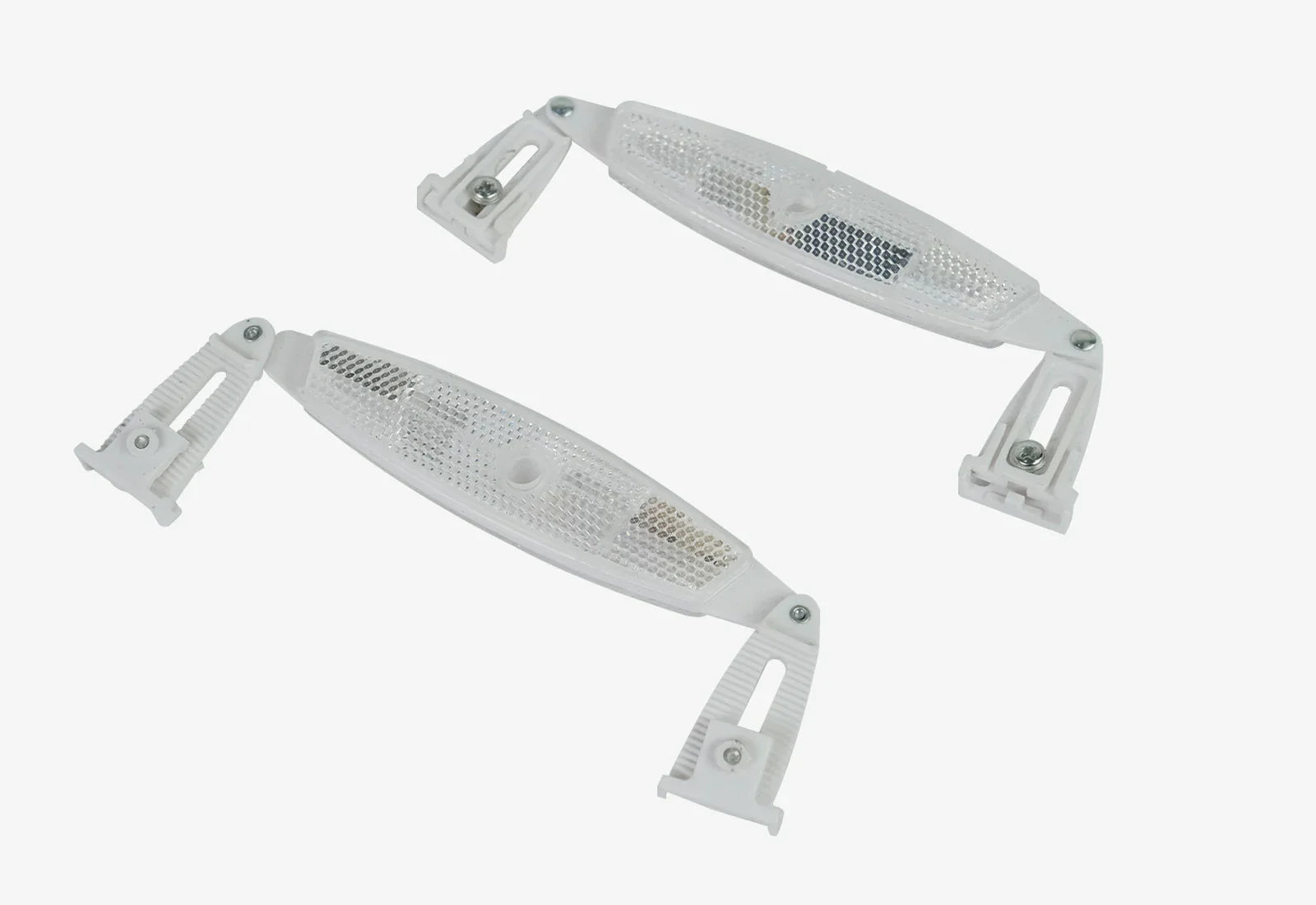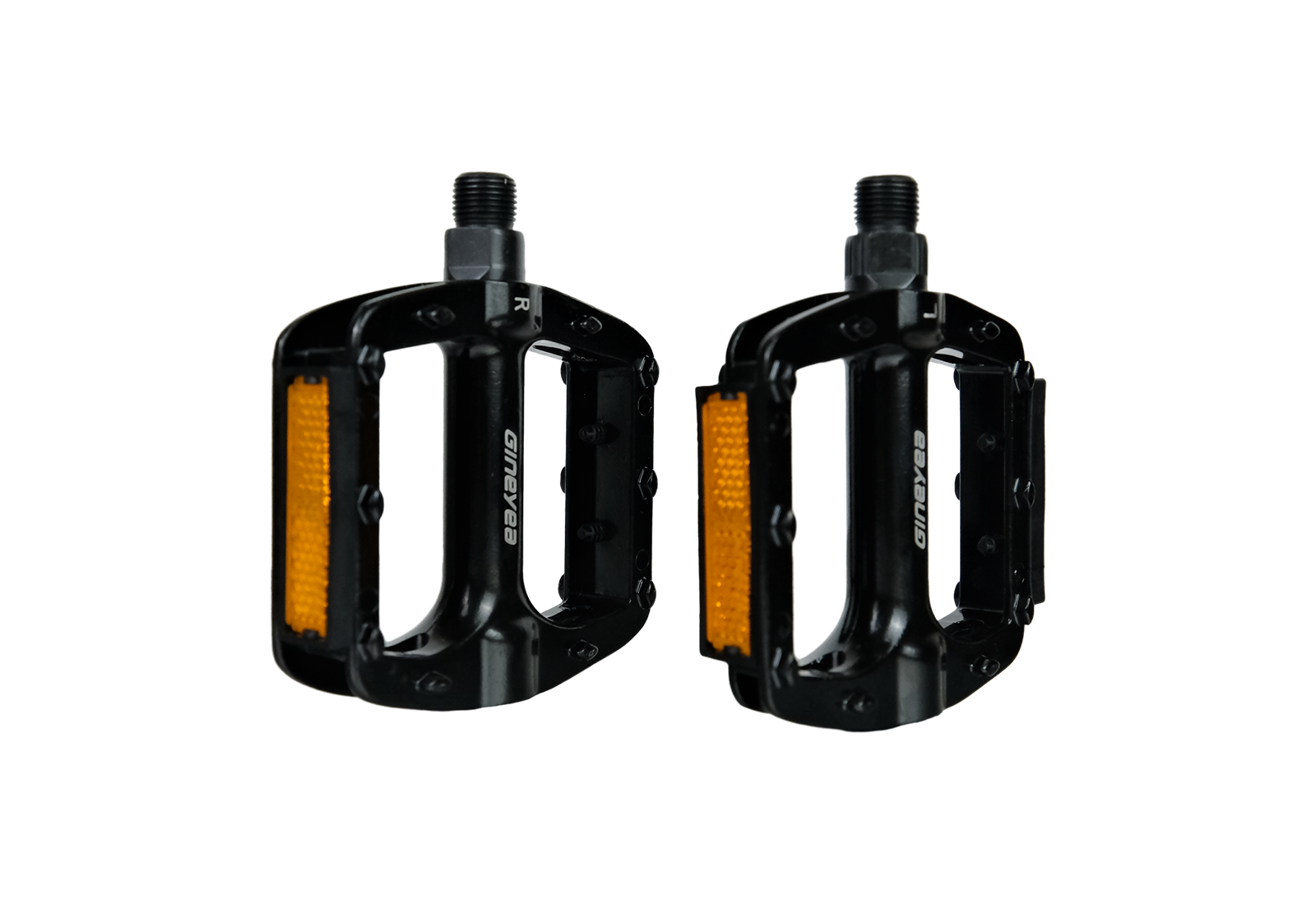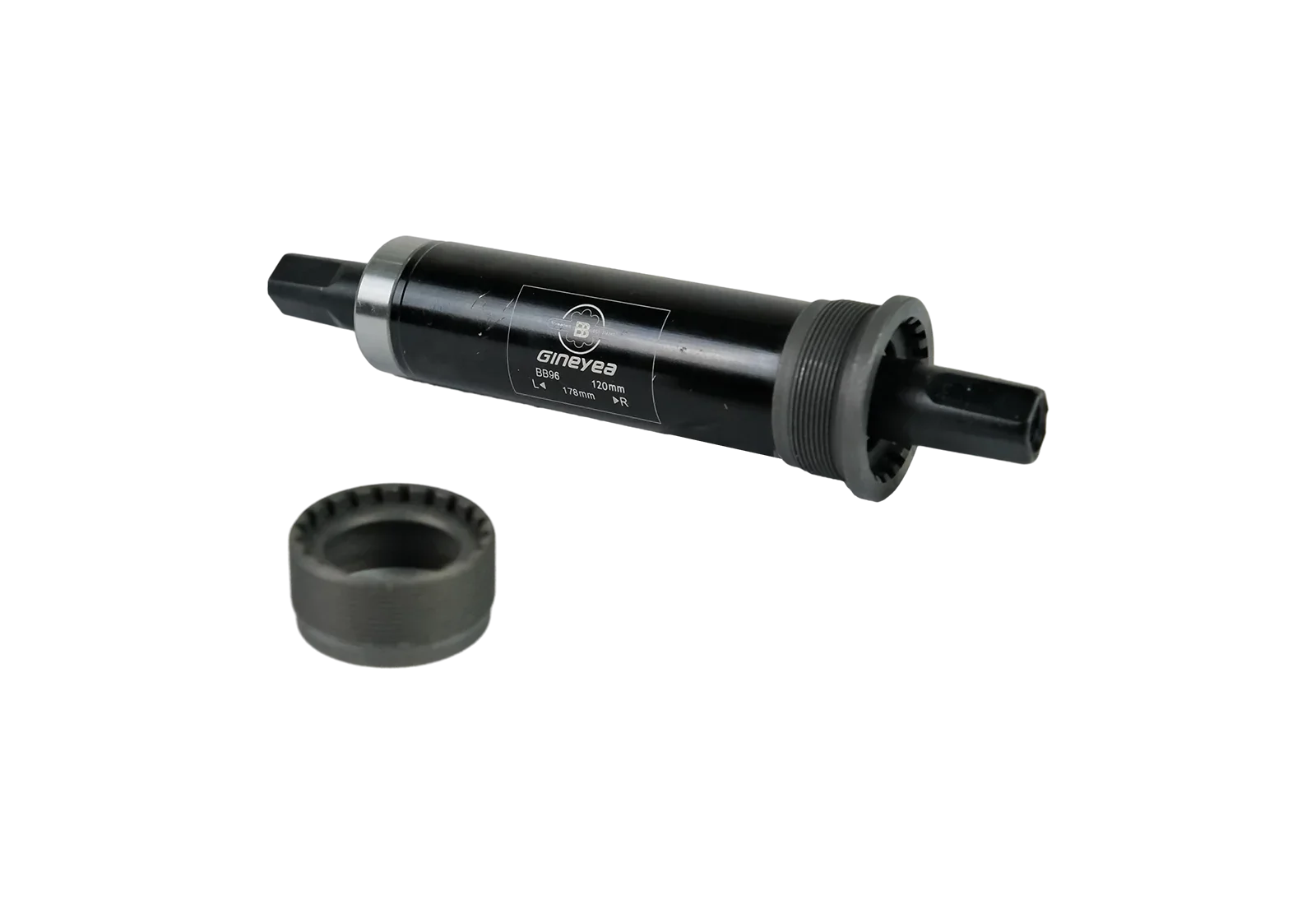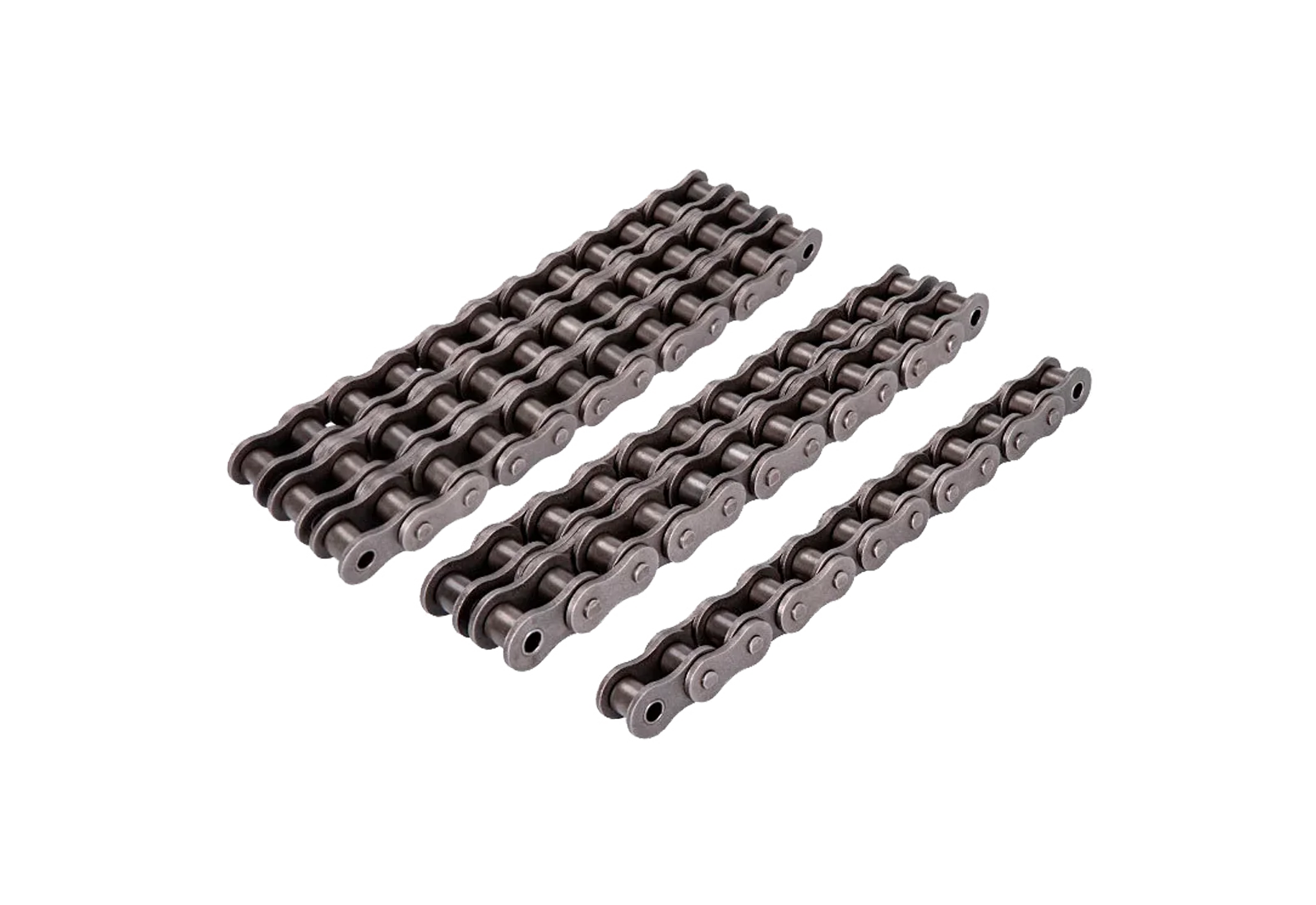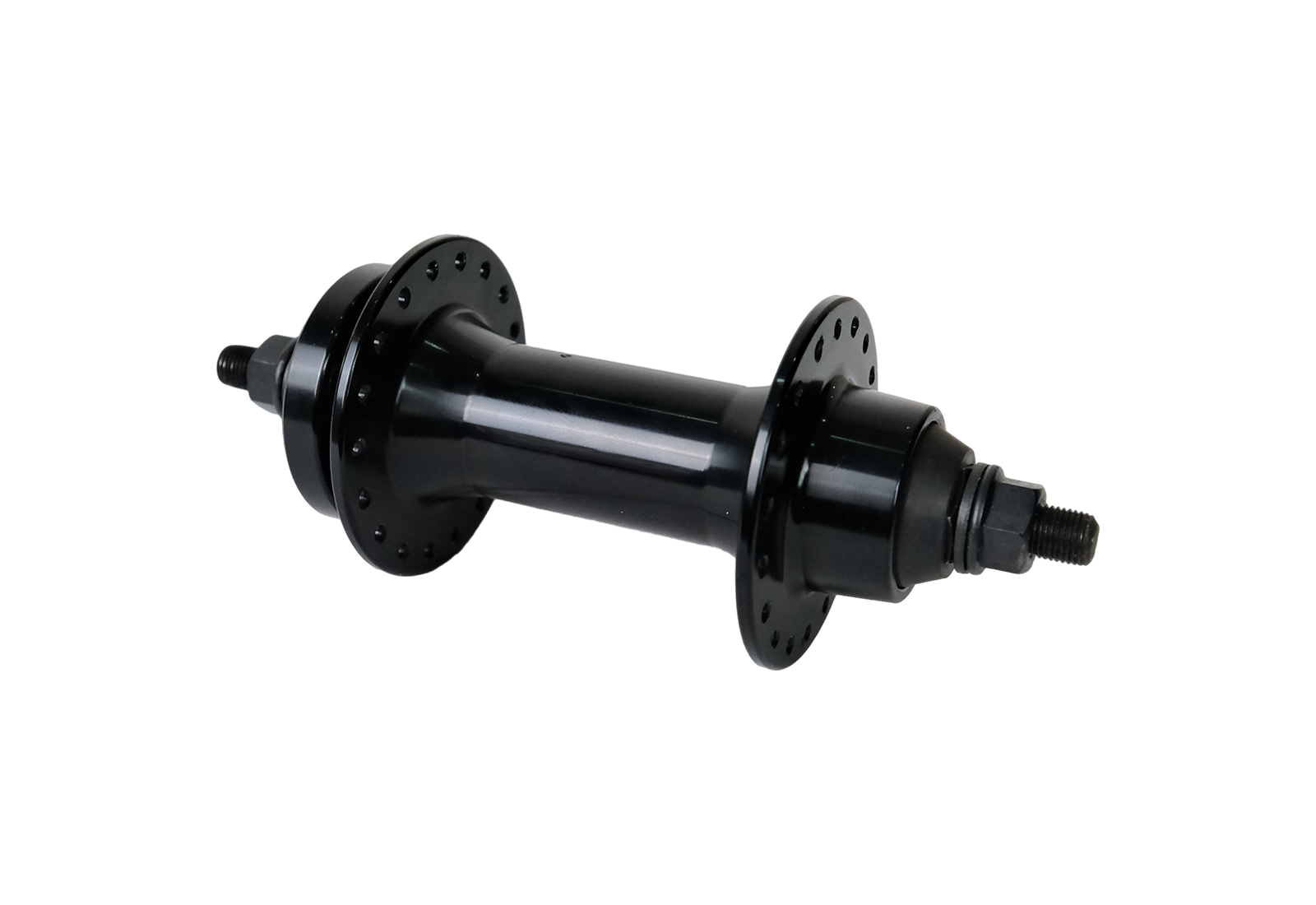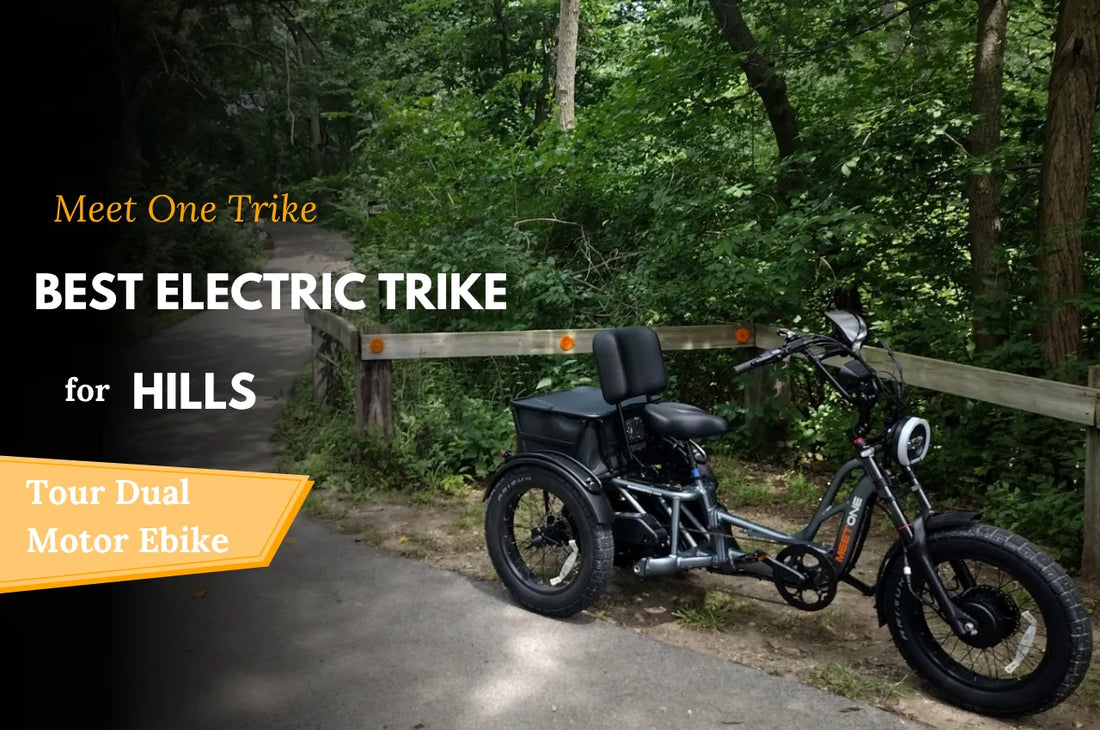
Best Electric Trike for Hills | Meet One Tour eTrike Engineering
In cities built on gradients—San Francisco, Seattle, or Denver—hill performance defines whether an electric trike is a utility vehicle or a frustration machine. Many e-trikes advertise big numbers: 750 watts, 1000 watts, sometimes more. Yet on real slopes, those same trikes stall halfway up because the power system isn’t engineered for sustained torque delivery.
At Meet One Trike, we approach hill performance as an engineering problem, not a marketing headline. The Tour eTrike was designed around three pillars of climbing physics: continuous torque, balanced traction, and energy stability.

Meet One Tour / Dual Motor Semi-recumbent Electric Trike
1. The Physics of Hill Climbing
When a vehicle moves uphill, it must overcome three forces:
- Gravitational pull (m·g·sinθ) — the true “enemy” of every climb.
- Rolling resistance — higher on multi-wheel designs like trikes.
- Aerodynamic drag — minor at low speed, but constant.
To conquer these, you don’t need just wattage; you need sustained torque at the wheel. Torque equals motor current × gear ratio × wheel radius. Most e-trikes lose climbing ability because their controller current limit and voltage sag drastically reduce torque output under load.
This is why a “1500 W” motor powered by a weak 48 V 10 A controller (≈480 W) will feel slower uphill than a 750 W motor on a 48 V 20 A controller (≈960 W).
2. Industry Shortcuts: Why Many “Powerful” Trikes Fail on Hills
Typical e-trikes rely on single rear hub motors. They deliver power only to one axle, meaning:
- Uneven traction—front wheels act as passive drag.
- Overheating risk—one motor doing all the climbing.
- Rapid voltage drop—the battery can’t maintain current draw.
Manufacturers often advertise “35% hill grade” capabilities, but these numbers come from short burst tests, not sustained climbs. Real-world grades like San Francisco’s 10–12% continuous slopes expose every weakness: undersized controllers, thermal throttling, and cheap torque simulation sensors.
3. Meet One’s Hill-Climbing Architecture: Dual-Motor, Dual-System Design
The Tour eTrike is built around a true dual-drive system—front and rear 750 W hub motors (each peaking at 1300 W), powered by dual 48V 15Ah Samsung-cell batteries and managed through dual 25 A intelligent controllers.
Each controller supplies up to 25 amps of current independently, allowing both motors to reach full output simultaneously. This architecture provides a total system capability of roughly 2400W of sustained power, without triggering voltage sag or thermal reduction.
It’s not just about wattage—it’s about current stability and load distribution:
- Each motor–controller pair operates in its optimal range, preventing overheating on long gradients.
- Torque is applied evenly to both axles, keeping traction balanced on wet or uneven surfaces.
- The dual-battery design feeds both controllers with stable voltage, maintaining consistent torque all the way up the hill.
The result is true sustained climbing power—not a short burst of acceleration, but continuous torque delivery from base to summit.

Meet One Tour / Dual Motor Semi-recumbent Electric Trike
4. High-Torque Delivery System: Intelligent Control Meets Mechanical Efficiency
Raw torque is only useful when managed with precision. The Tour integrates a high-precision torque sensor and a dual-controller algorithm that continuously monitors rider input, wheel load, and gradient feedback.
Instead of using preset power steps, the system modulates current flow in real time through its twin 25A controllers. This ensures each motor contributes exactly the torque required—no surging, no wasted power.
Together with the Shimano 7-speed drivetrain, this coordination creates a linear, high-efficiency torque curve. As slope and resistance increase, the controllers respond instantly, feeding both motors with proportional current to maintain smooth acceleration. It’s the kind of control that allows the Tour to climb long, steep streets in San Francisco without hesitation or thermal cutback.
5. Structural & Thermal Stability: Designed for Real Stress Loads
Climbing puts more than electrical strain on a trike—it stresses the frame, bearings, and suspension. The Tour eTrike counters these with:
- Full suspension architecture: front hydraulic fork + rear spring shocks that maintain tire contact under load.
- Reinforced rear differential axle distributing forces evenly between rear wheels.
- Optimized heat-dissipation channels in both motor housings, extending controller and stator life during sustained climbs.
This system was validated under continuous 10%-grade test runs, simulating the demands of San Francisco’s residential hills.
6. Control and Safety on the Descent
True hill performance includes coming down safely. The Tour uses triple 180 mm hydraulic disc brakes—one per wheel—for consistent, fade-free stopping. A hydraulic parking brake holds position on incline starts, and an electric reverse mode allows smooth maneuvering on steep or narrow streets.
7. The Human Element: Comfort, Posture, and Endurance
Hill riding isn’t only mechanical—it’s ergonomic. A comfortable rider can sustain pedal input longer, helping the system perform efficiently. The Tour’s wide, contoured seat and high backrest support a natural pedaling angle, while the low center of gravity enhances balance when starting or stopping on slopes.
Conclusion: Real Torque, Real Engineering
In the hill-climbing world, numbers mean nothing without context. What matters is how power is delivered, sustained, and controlled.
The Meet One Tour eTrike integrates every element of effective climbing engineering:
- Dual 48 V 15 Ah Samsung-cell batteries with Dual 25A Controllers
- Dual 750 W hub motors (1300 W peak each) for distributed traction
- Intelligent torque-sensing control for smooth power delivery
- Full suspension and differential for comfort and balance
- Hydraulic braking and parking for steep-terrain confidence
It’s not just a comfortable electric trike—it’s a system designed for sustained torque, balanced traction, and real endurance on gradient.
👉 Meet One Tour eTrike — Power, Comfort, and Control for Every Hill.
